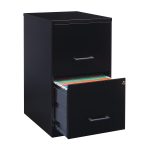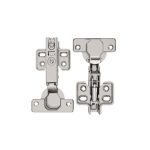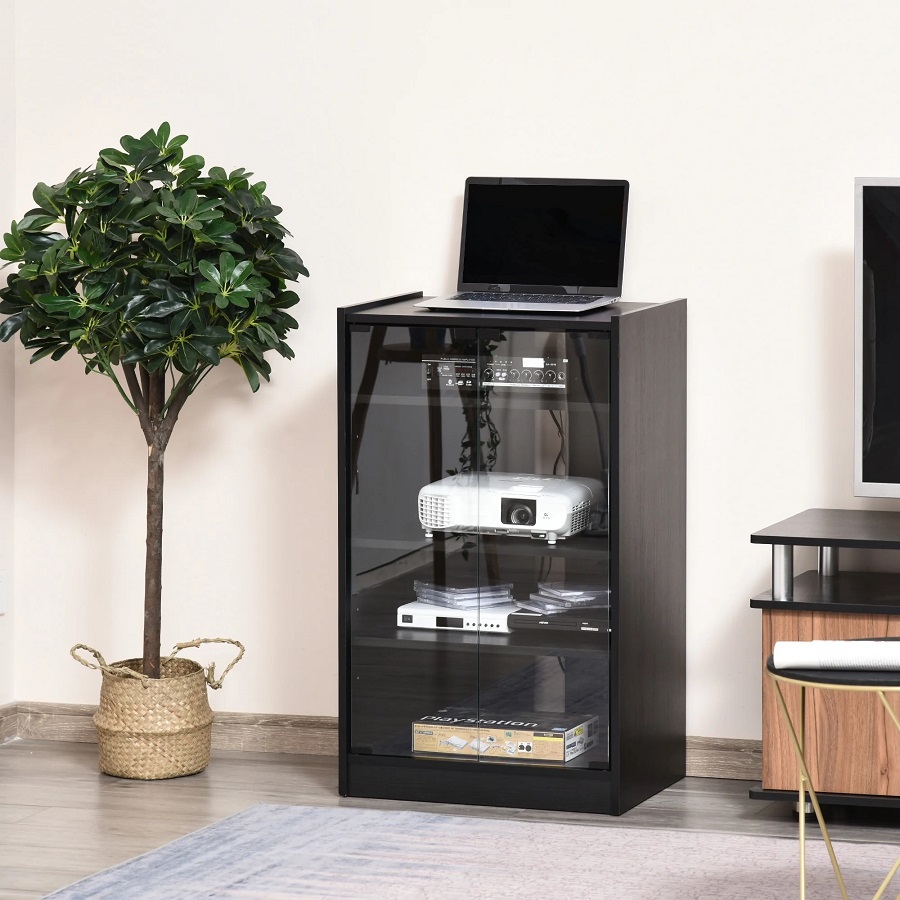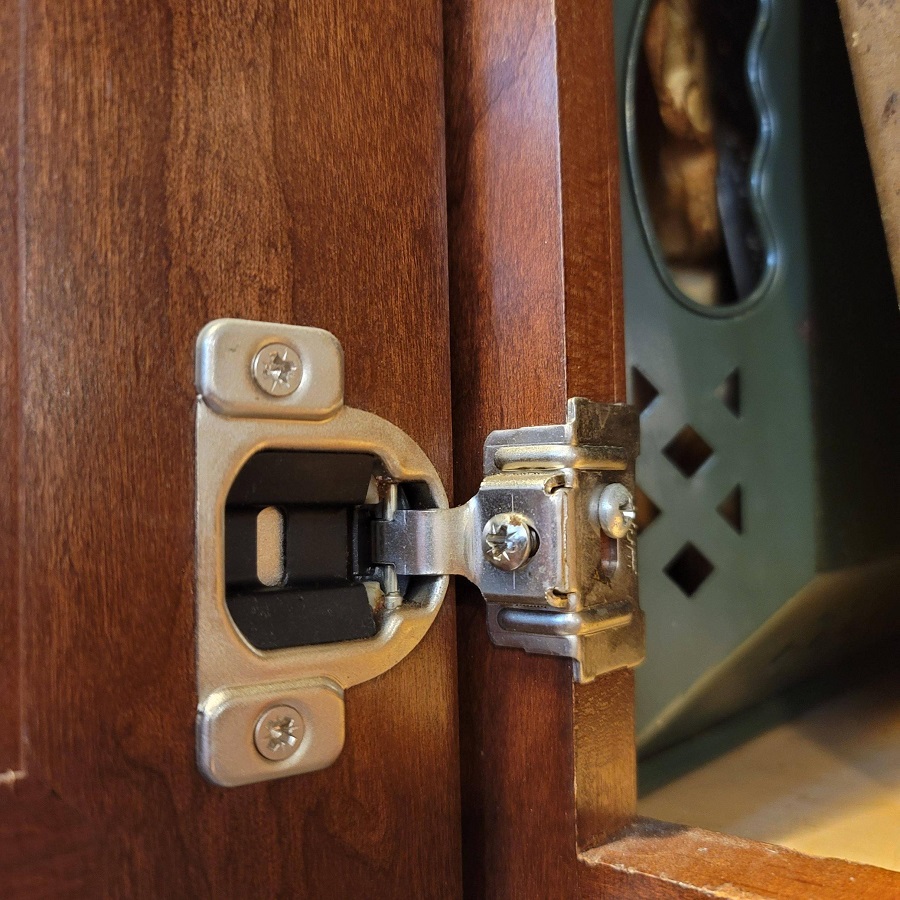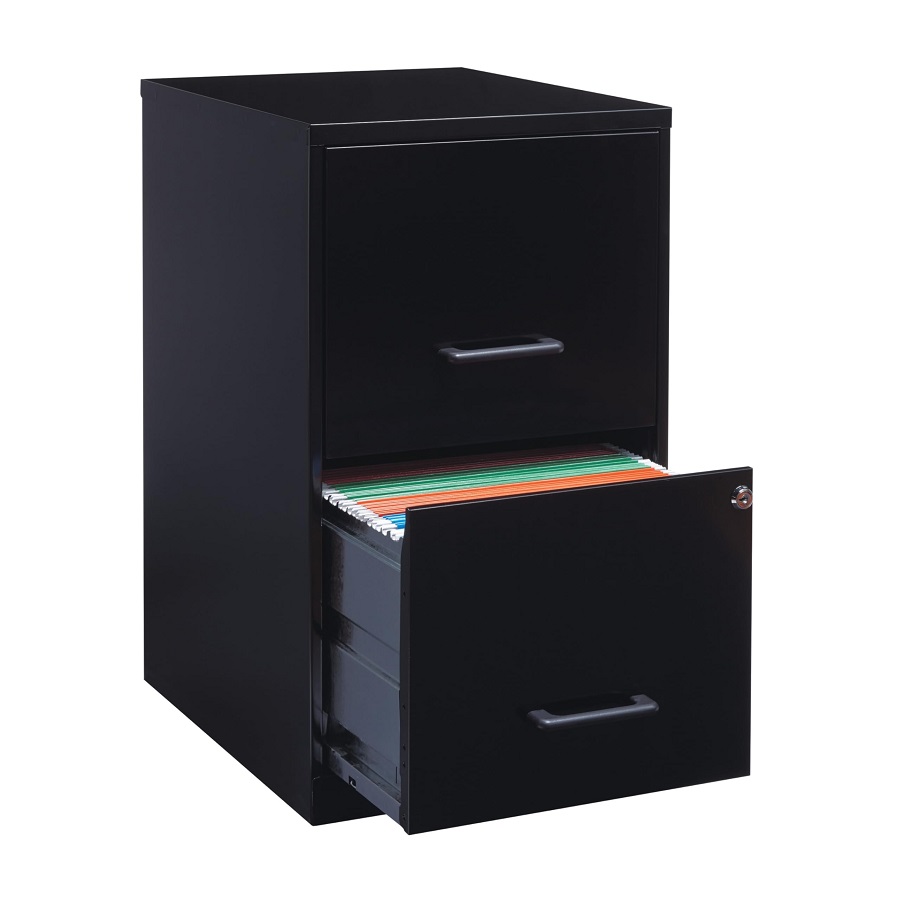The Evolution of Big Box Storage
The concept of big box storage has evolved significantly over time. In its early stages, big box storage mainly referred to simple, large-scale warehousing solutions. These were spaces where businesses could store vast amounts of goods in a centralized location. As consumer demand grew and supply chains became more complex, the need for more sophisticated storage solutions became apparent.
Three key factors have driven the evolution of big box storage:
- Increased Efficiency: Initially, the focus was on storing as much product as possible. Over time, it shifted towards maximizing space efficiency. This shift included implementing better layout designs and adopting smarter inventory management systems.
- Technology Advancements: Technology has played a significant role in the evolution of big box storage. Innovations like automated retrieval systems, warehouse management software, and real-time inventory tracking have transformed big box facilities into high-tech hubs.
- Sustainability Concerns: With a growing emphasis on environmental responsibility, big box storage solutions now also focus on sustainability. This includes energy-efficient lighting, recycling programs, and eco-friendly building materials.
As we continue to innovate, big box storage solutions are becoming more user-friendly, cost-effective, and environmentally sustainable. This evolution reflects the changing needs of businesses and the wider societal shifts towards more responsible consumption and resource use.
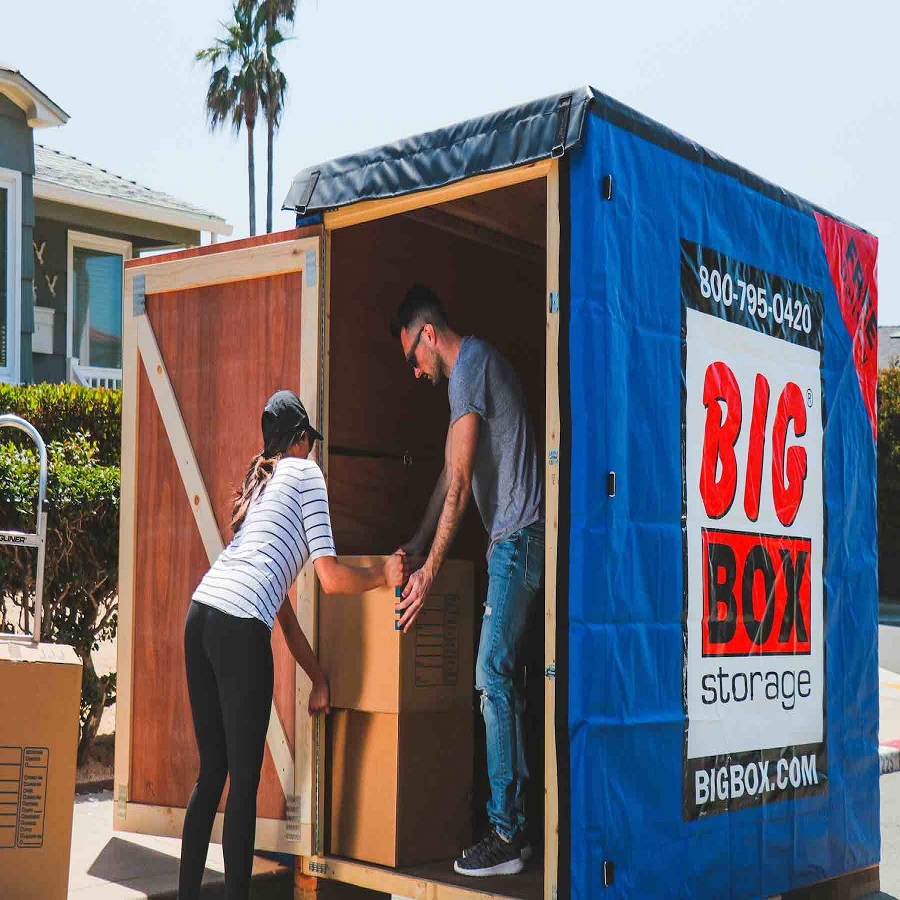
Analyzing Big Box Storage Needs
Understanding the specific needs of big box storage is crucial for developing effective solutions. Every business has unique requirements depending on several factors:
- Product Type: Different items require diverse storage conditions. For instance, perishable goods need climate-controlled storage, while electronics demand secure, dust-free environments.
- Volume of Goods: The quantity of products stored influences space allocation and shelving design. Large volumes may require more innovative storage systems to optimize space.
- Accessibility and Turnover: Frequent access to certain items means storage solutions must allow for quick and easy retrieval. A high turnover rate can necessitate more dynamic inventory management systems.
- Growth Projections: Anticipating future growth helps in designing storage areas that can scale up without significant disruptions.
Incorporating these factors into the planning process ensures that big box storage facilities meet the specific demands of businesses while also maintaining flexibility for future changes. A tailored approach to analyzing these needs is the foundation for any efficient and resilient big box storage system.
Innovative Design Concepts for Big Box Facilities
When addressing innovative design concepts for big box storage, it’s important to focus on customizing to the specific needs of each business. A few concepts stand out in making big box facilities more efficient, user-friendly, and adaptable.
- Modular Spaces: Modular designs allow for spaces to be easily reconfigured as needs change. This flexibility is crucial for businesses as their storage requirements evolve.
- Vertical Integration: Utilizing vertical space efficiently can greatly increase the storage capacity of a facility. This can involve installing high shelving and using equipment that can reach these heights safely.
- Multi-functional Areas: Creating areas within the facility that serve multiple purposes can lead to more efficient use of space. For instance, some areas can be designated for both picking and packing, reducing movement within the facility.
- Enhanced Dock Design: The design of the loading dock area can significantly streamline the process of moving goods in and out of storage. Features like levelers, seals, and shelters improve efficiency and worker safety.
- Environmentally Conscious Layouts: Incorporating natural light, optimizing airflow, and using green building materials can make big box facilities more sustainable and cost-efficient in the long run.
These innovative design concepts are aimed at enhancing the functionality of big box storage without compromising on key aspects such as cost-effectiveness or sustainability. A thoughtfully designed big box facility can provide robust solutions to modern storage challenges, and adopting these concepts can offer businesses the edge they need to stay competitive in a rapidly evolving market.
Technology Integration in Big Box Storage Solutions
Incorporating cutting-edge technology in big box storage has revolutionized how businesses manage inventory and operations. Here are key technological integrations that are pivotal in enhancing big box storage solutions:
- Automated Retrieval Systems: These systems enable swift picking and placing of items, increasing the speed of warehouse operations.
- Warehouse Management Software (WMS): A robust WMS offers real-time tracking and efficient inventory control, leading to better decision-making.
- Data Analytics Tools: Analytic solutions help predict trends, optimize stock levels, and reduce waste.
- RFID Technology: Radio Frequency Identification allows for quick scanning of products, cutting down on manual errors.
- Drones for Inventory Checks: Using drones can speed up inventory audits and reduce the need for manual labor.
- Smart Sensors: Sensors monitor conditions within the facility, ensuring products remain in their required environments.
- Energy Management Systems: These systems help in tracking and reducing energy usage, promoting cost savings and sustainability.
The integration of such technologies not only improves efficiency but also supports scalability and resilience in the face of changing market demands. For big box storage, staying ahead with technology is not just an option; it’s a necessity to thrive in today’s competitive landscape.
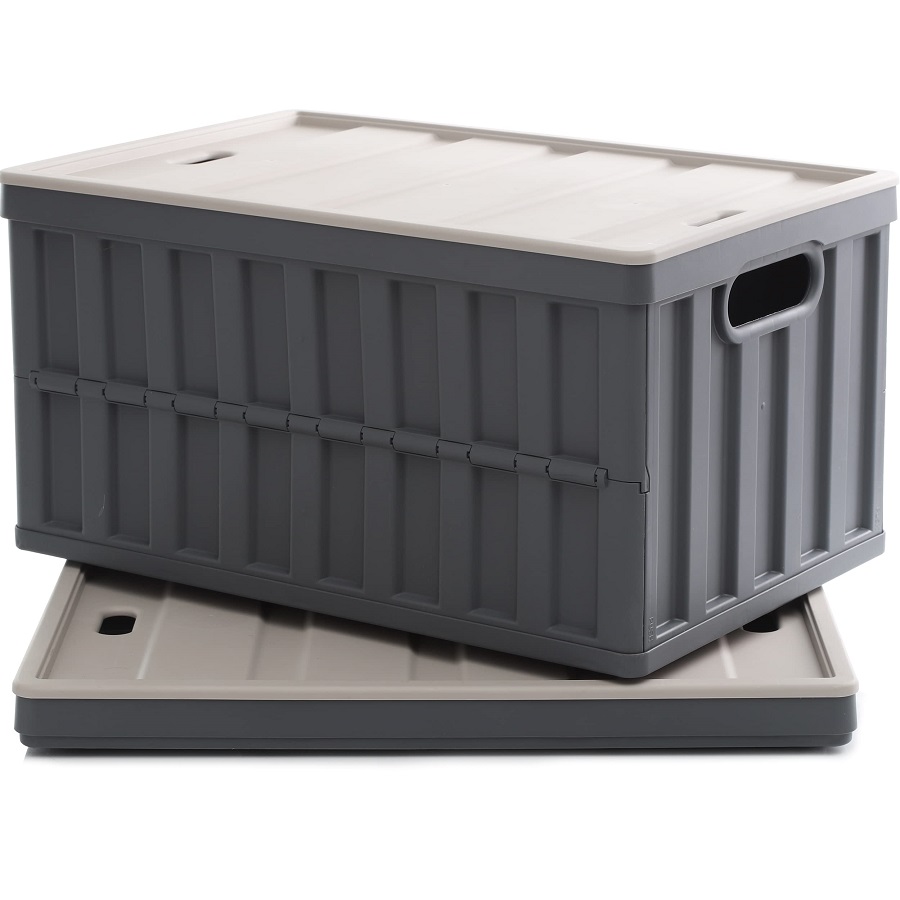
Maximizing Space Efficiency in Big Box Storage
Maximizing space efficiency is crucial in big box storage to handle large inventory volumes. Here are strategies to achieve this goal:
- Optimized Layouts: An optimized warehouse layout ensures every square foot is used effectively. It involves strategic shelving placement and clear pathways to minimize travel time during item retrieval.
- Scalable Racking Systems: Scalable racking systems can adapt to changing inventory levels. They enable warehouses to expand vertically or horizontally as required.
- Mobile Shelving Units: Mobile shelving units provide the flexibility to adjust space as needs shift. They allow for tighter spacing when inventory is low and can be moved to create more room when necessary.
- Inventory Management: Implementing a lean inventory approach reduces excess stock. This can free up space and reduce carrying costs.
- Space-Saving Equipment: Equipment like narrow aisle forklifts and vertical conveyors take up less room. This allows for tighter aisle spacing and higher storage densities.
- Regular Audits: Conducting regular space utilization audits helps identify inefficiencies. From there, businesses can reorganize or upgrade systems to better utilize available space.
Through these strategies, big box storage can achieve greater efficiency. This helps businesses optimize inventory management and boost overall productivity.
Security Measures for Big Box Storage Systems
In the realm of big box storage, security is paramount. Both the physical and digital aspects require vigilant measures to protect against theft, damage, and data breaches. Here are essential security strategies to ensure safe and secure big box storage operations:
- Access Control Systems: Implement strict access controls to regulate who enters the storage facility. Use key cards, biometrics, or digital codes to monitor access points.
- Surveillance Cameras: Install high-definition surveillance cameras around the facility to deter potential intruders and record any suspicious activity.
- Alarm Systems: Alarm systems should be in place to alert staff of any unauthorized entry or disturbances within the storage areas.
- Fire Safety Measures: Equip the facility with smoke detectors, fire alarms, and sprinklers to mitigate the risk of fire damage.
- Cybersecurity Protocols: Safeguard data with robust cybersecurity measures, including firewalls, antivirus software, and regular security audits to prevent cyber threats.
- Employee Training: Train staff on security protocols and emergency procedures to ensure they are prepared to respond to any security incidents promptly.
- Periodic Security Audits: Conduct regular security audits to identify vulnerabilities and update security measures accordingly.
Adopting these strategies not only safeguards the goods stored but also upholds the reputation and reliability of big box storage providers. A secure storage system is essential for maintaining the trust of clients and the integrity of the supply chain.
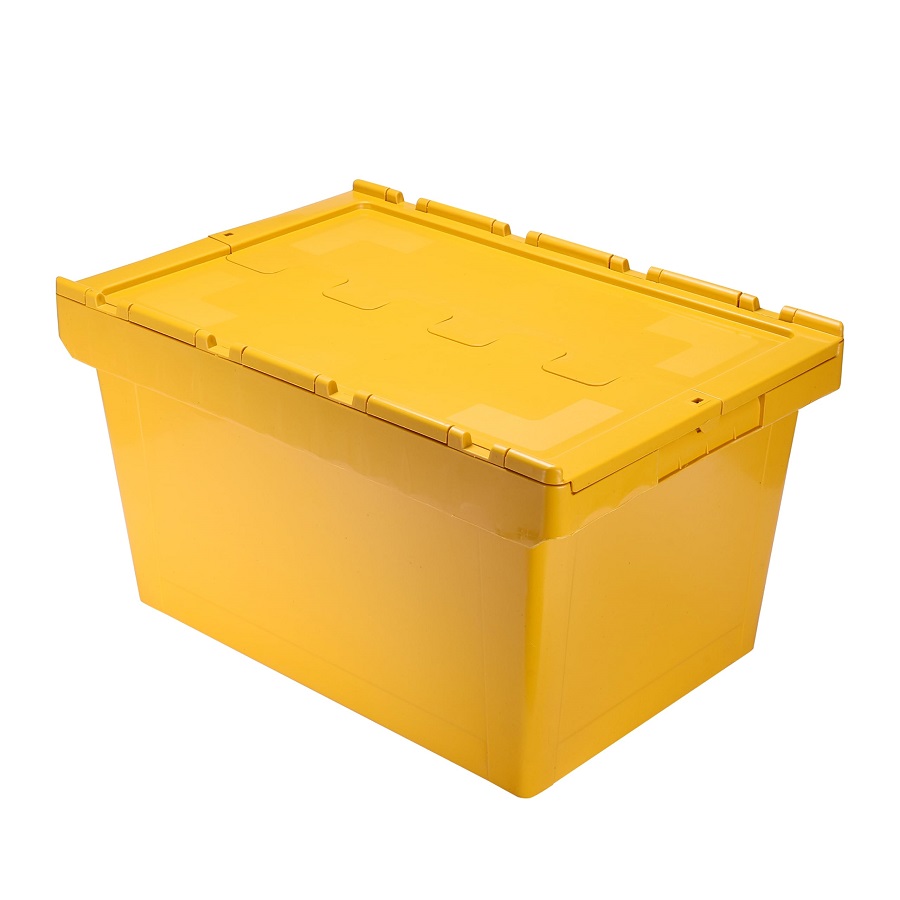
Cost-Effective Strategies for Big Box Storage
In big box storage, reducing costs without compromising quality or efficiency is critical. Here are key strategies that can help businesses manage their big box storage effectively while keeping expenses in check:
- Bulk Buying Discounts: Purchasing shelving, packaging, and other storage materials in bulk can unlock significant discounts. This strategy leads to long-term savings.
- Energy-Efficient Lighting: Invest in LED lighting to cut down on energy costs. LEDs last longer and use less power, reducing electricity bills.
- Warehouse Layout Optimization: Designing the warehouse layout to minimize travel time can save on labor costs. Efficient layouts speed up operations.
- Outsourcing Maintenance: Outsourcing equipment maintenance can be more cost-effective than in-house teams. It ensures expert care and can reduce downtime.
- Second-Hand Equipment: Opting for quality, second-hand storage racks and forklifts can reduce upfront investment while still serving the storage needs.
- Cross-Training Employees: Cross-trained staff can perform multiple roles, preventing downtime and reducing the need for specialist workers.
- Regular Review of Contracts: Regularly reviewing service contracts can ensure that you’re not overpaying for services like cleaning and security.
These cost-effective strategies not only help to reduce overhead but can also contribute to the overall smooth running of big box storage operations. Businesses can see compounded savings over time, which is crucial in a competitive market environment where margins often determine success.
Sustainable Practices for Big Box Storage Operations
Sustainable practices in big box storage are no longer optional; they are necessary. Here are the most effective practices for reducing environmental impact while maintaining operational efficacy:
- Energy Management: Use smart systems to monitor and control electricity usage. Switch to renewable energy sources like solar panels where possible.
- Waste Reduction: Implement robust recycling programs. Minimize packaging materials and reuse items like boxes and pallets.
- Eco-Friendly Materials: Choose sustainable building materials for construction. Use recycled plastic, sustainably sourced wood, and low-VOC paints.
- Sustainable Equipment: Opt for electric forklifts and energy-efficient machinery. Maintain equipment regularly to extend life and ensure efficient operation.
- Green Certifications: Aim for certifications like LEED or Energy Star. These can help guide big box storage facilities toward greener operations.
- Employee Engagement: Involve staff in sustainability goals. Educate them on eco-friendly practices and encourage their involvement.
- Carbon Footprint Analysis: Regularly assess the facility’s carbon footprint. Take steps to reduce emissions, such as optimizing delivery routes.
- Water Conservation: Install low-flow fixtures and consider rainwater harvesting systems. Use drought-resistant landscaping to limit water usage.
Adopting these sustainable practices can help big box storage operations save money and protect the environment. They can also improve a company’s image and ensure compliance with increasing regulatory demands.



